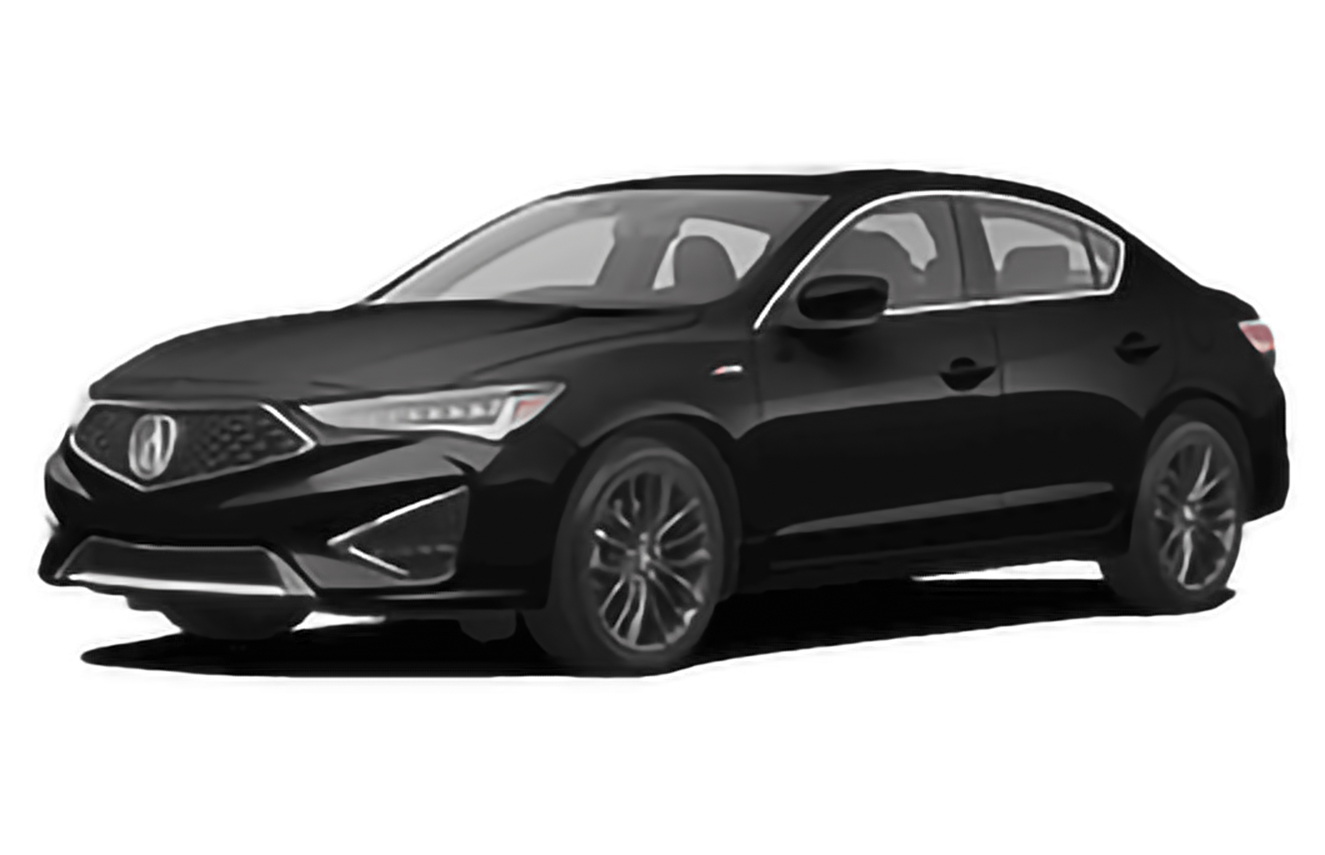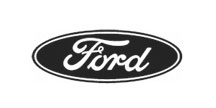Car Leasing Myths
About 20% of new-car transactions are leases, as interest rates rose, car manufacturer's shifted incentives from rebates and low-interest financing to leases. However, often car leasing gets criticized and it's understandable since "car leasing" has enough jargon that can practically confuse anyone who don't have a slightest history in finance. Plus dealers in the past have slipped bad deals with confused car buyers who simply wants low monthly payments.
To fully dissect what car leasing is, this article will discuss the common myths associated with car leasing that most people have fret over the past.
- Buying is cheaper than leasing. Buying a new car has it's advantages while opting to lease the car has its own set of vantage points. To buy a car or to lease a car depends primarily on the driver's needs. There are at some point wherein buying can be a better option such as when the driver needs to drive more than the allotted 12,000 miles a year (in leasing - the gas mileage is limited).However if you loaned a car and then planned to trade it in before all of the loan is paid off, the value of the trade-in will unlikely cover the remaining balance of the loan.
- It's nearly impossible to negotiate a lease. As a matter of fact, leases are negotiable. But first you need a tour of the jargon so that you'd better understand the basics of negotiating a lease:
Capitalized cost is basically the price of vehicle. You should haggle over this just as hard as you would if you were buying it.
Money factor is also called lease factor or even a lease fee, this is the interest rate you are being charged. It is expressed as a multiplier that can be used to calculate your monthly payments. For example, 7.2% interest, when expressed as a money factor, is 0.0030. To convert a money factor to an interest rate, multiply it by 2,400. To convert an interest rate to a money factor, divide by 2,400. (Always use 2,400 regardless of the length of the loan.)
The lower the number, the better. Car dealers are sometimes reluctant to share the money factor, so be persistent.
Residual value. Finally, the residual value is the value of the vehicle at the end of the term. The higher the residual, the lower your monthly payments however it can manacle you.
A more realistic residual value will make it easier to sell the lease, trade your vehicle mid lease or buy the vehicle at the end of the lease.
Ask the dealer to show you several deals from various banks, focusing on the money factor and the residual value of the car lease.
- Only businesses get a tax break. Tax laws allow businesses to deduct the monthly payments as an expense however individuals who used their leased car for business can deduct percentages of their lease payments, repair and insurance costs from their income taxes as well.
- Turning in the leased car can dent a man's wallet. In car leasing, once the driver exceeds the allotted gas mileage, he is charged a penalty fee for the excess around 18 to 21 cents per mile. However if you opt to buy a car, the car owner is also penalized for higher-than-average mileage when trading it in.
To prevent from exceeding the allowed mileage, you can probably negotiate a higher limit in exchange for a higher monthly payment and still save money.
-
- If you want out early, you're stuck.You can actually terminate your car lease at an earlier date if you wish by transferring your existing car lease to someone who can take it off your hands. There are a lot of websites online that match people who wants to get out of their lease early with those individuals seeking for short term car leases.
To help you decide, its good to lease when you'll use the car for 2 to 3 years and annually consume less than 12,000 miles. However if you plan to keep the car longer than 3 years and know that you'd be consuming more gas mileage then buying can be the best thing.
So you see leasing is not at all bad as others would purport it to be. If you, as a lessee, know what you want and negotiate smartly, car leasing can be a great deal.



